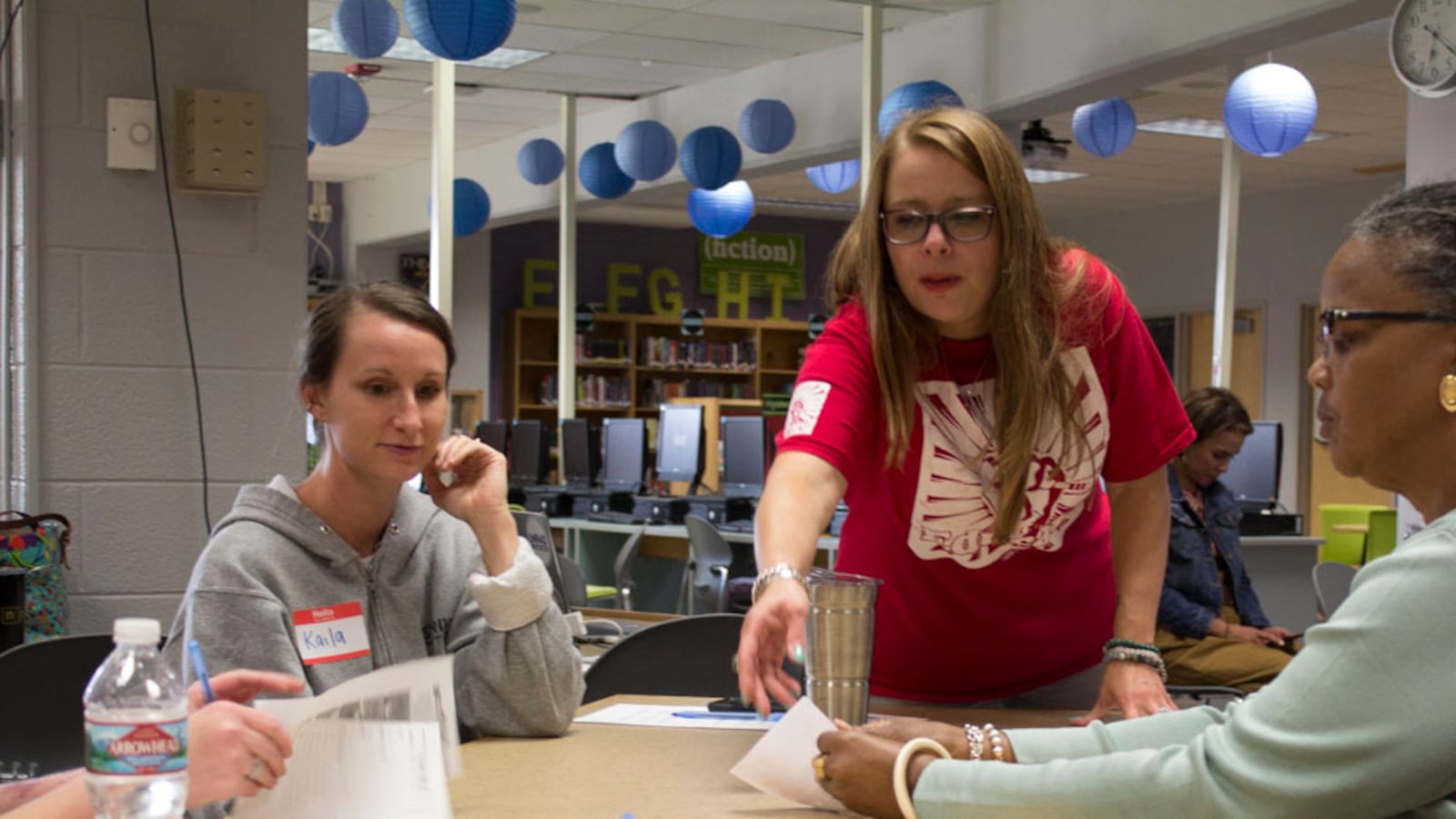The school day doesn’t end with academic classes at Malley Drive Elementary in Northglenn.
After-school activities include sports, art, working with clay, writing and more. Teachers try to visit families at home at least once a year, to learn how they can support their children in the classrooms. And parents are studying for and passing GED exams at the school.
It’s all part of Malley Drive’s third year as a community school, an effort to go beyond academics and more broadly serve students and families.
Soon, community schools could become more common in Colorado under a bill that received preliminary Senate approval Tuesday and is likely to become law. Senate Bill 102, a reprise of legislation that died in committee in the Republican-controlled Senate last year, is aimed at helping struggling schools get community support and extend their reach to turn themselves around.
The bill, sponsored by state Sen. Rachel Zenzinger, an Arvada Democrat, doesn’t provide any state funds for those extra programs, but Zenzinger believes it could make it easier for schools to qualify for federal grants under the Every Student Succeeds Act.
State Sen. Paul Lundeen, a critic, wonders why the community school concept needs to be enshrined in legislation.
“We don’t need to do this in order to do something that’s already happening and we don’t need to do it to get at the money,” the Monument Republican said, although he agrees with the concept.
SB 102 would place community schools in the part of state law that allows schools to seek more flexibility from district rules. Local school boards and the State Board of Education must approve these innovation plans.
None of that would cost the state any money, Zenzinger said. But it could better enable those schools to win federal grants through the Every Student Succeeds Act.
“What’s not to love about that?” Zenzinger said. “It doesn’t cost us anything, but the benefits are tremendous.”
Community schools focus on six strategies or pillars:
- Engaging curriculum
- Focusing on teaching over testing
- Integrating health, social and emotional care
- Enacting positive discipline practices
- Engaging and assisting parents
- Including parents, community, students and teachers in school leadership
The idea is for schools to partner with community groups to expand services to students and their families. Those “wraparound” services might include longer school days, after-school programs, parent education, and more.
“If students don’t feel safe or they don’t feel supported or they don’t have their basic needs met, they’re never going to be able to grow in school because they’re going to be worried about what’s happening outside, at home,” Malley Drive Principal Francesca Craver said.
Malley Drive receives a portion of sales from some nearby businesses. A local dentist provides checkups for students, and another local business provides bags of food on Friday afternoon for families that need them. Adult soccer teams work with students.
“The partnerships can be private partnerships, they could be nonprofit partnerships, they could be public partnerships,” Zenzinger said. “Whatever the need is for that particular community.”
Other states and school districts have embraced community schools, most notably in New York City.
Studies on the impact of community school on student achievement are mixed. But some individual schools show striking results.
Anna Maier is a research analyst and policy adviser at the Learning Policy Institute. She’s lead author of a 2017 report examining 140 studies on community schools. It determined such programs help students succeed academically.
“We saw positive results across many different community school models,” Maier said. Successful implementation depends on adapting the model to a community, its students, and its families, she said.
Joel Newton agrees. He has two daughters attending Jefferson Junior-Senior High school in Edgewater, which began work to become a community school in 2017.
Newton is also board president of Edgewater Collective, a nonprofit that works with the school.
Edgewater Collective helped raise money for Thanksgiving and holiday baskets for families at the school, and helps provide volunteers at the school. And it helped create a community center to serve parents at the school.
“The best things take a while to grow,” Newton said. “We’re definitely seeing strides, but it’s going to continue to take community effort.”
The Colorado Department of Education doesn’t track how many schools consider themselves part of the community school movement.
Aurora Public Schools will open two charter schools with a community school focus in the fall and is seeking federal funds to help fund them.
For Craver and others who support the community school concept, that would be good news.
“It builds that relationship and it builds that trust,” Craver said. “We have so many more families that come into our building than we ever have before, and they know when they walk in that door, it’s going to be a friendly environment.”

